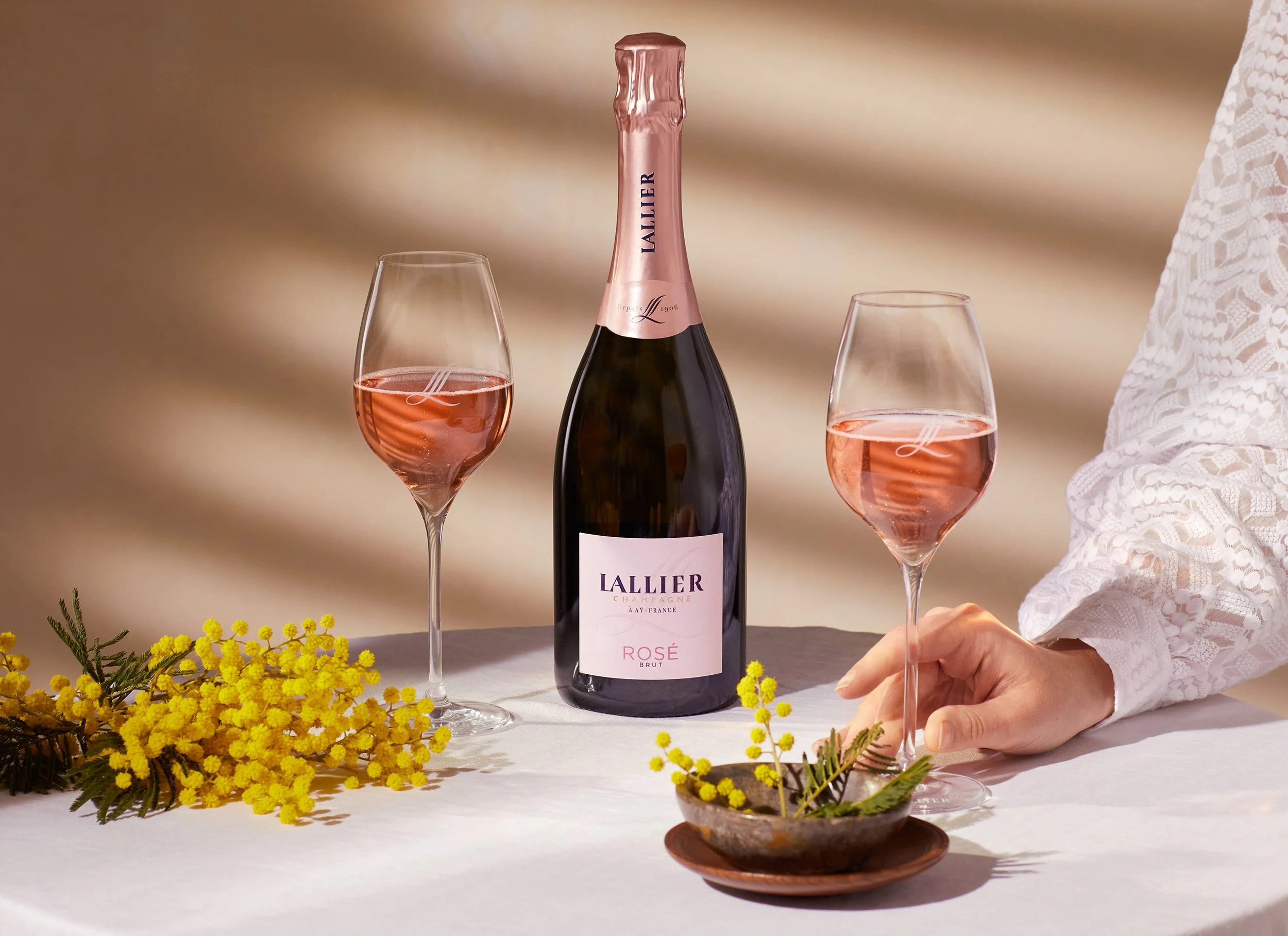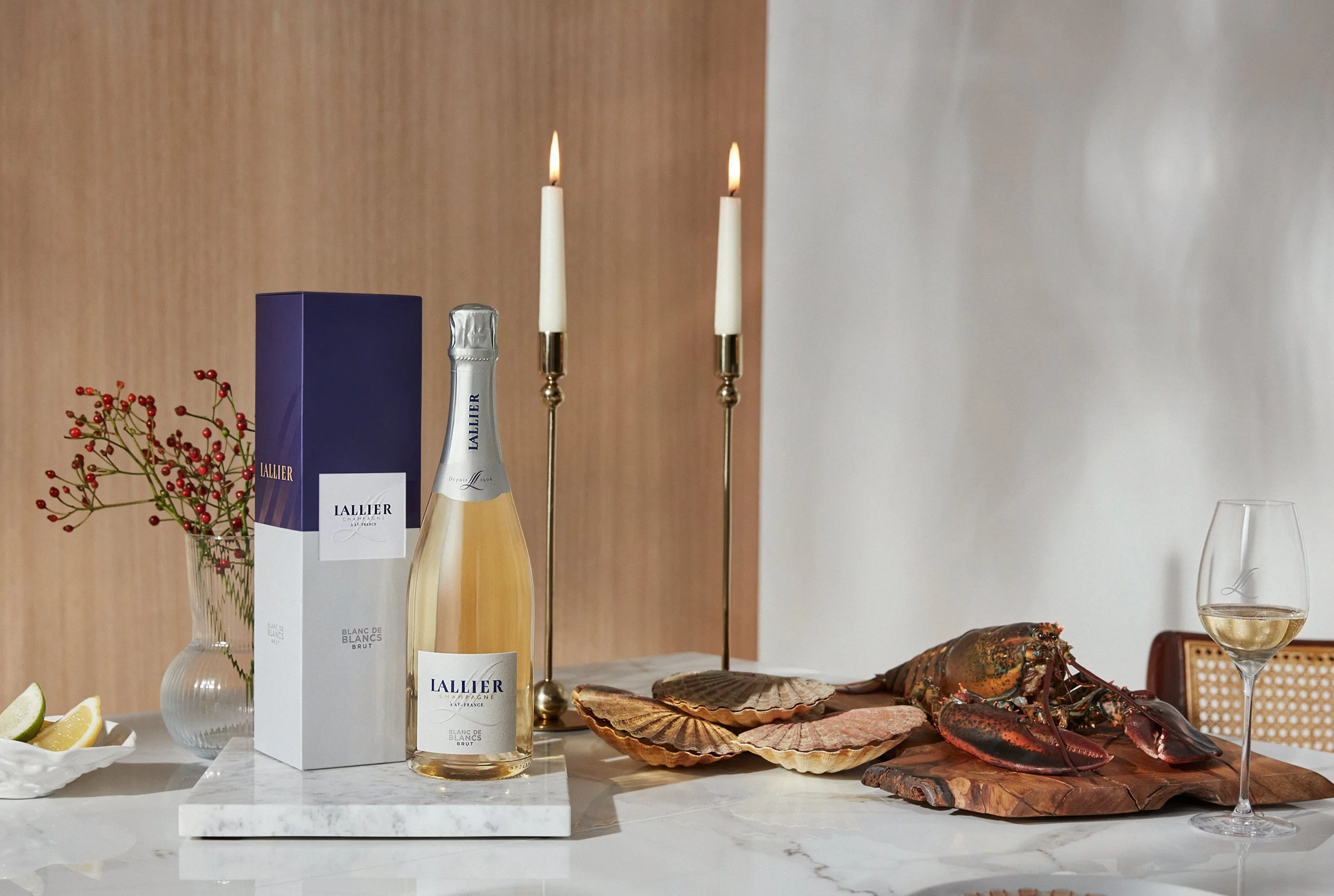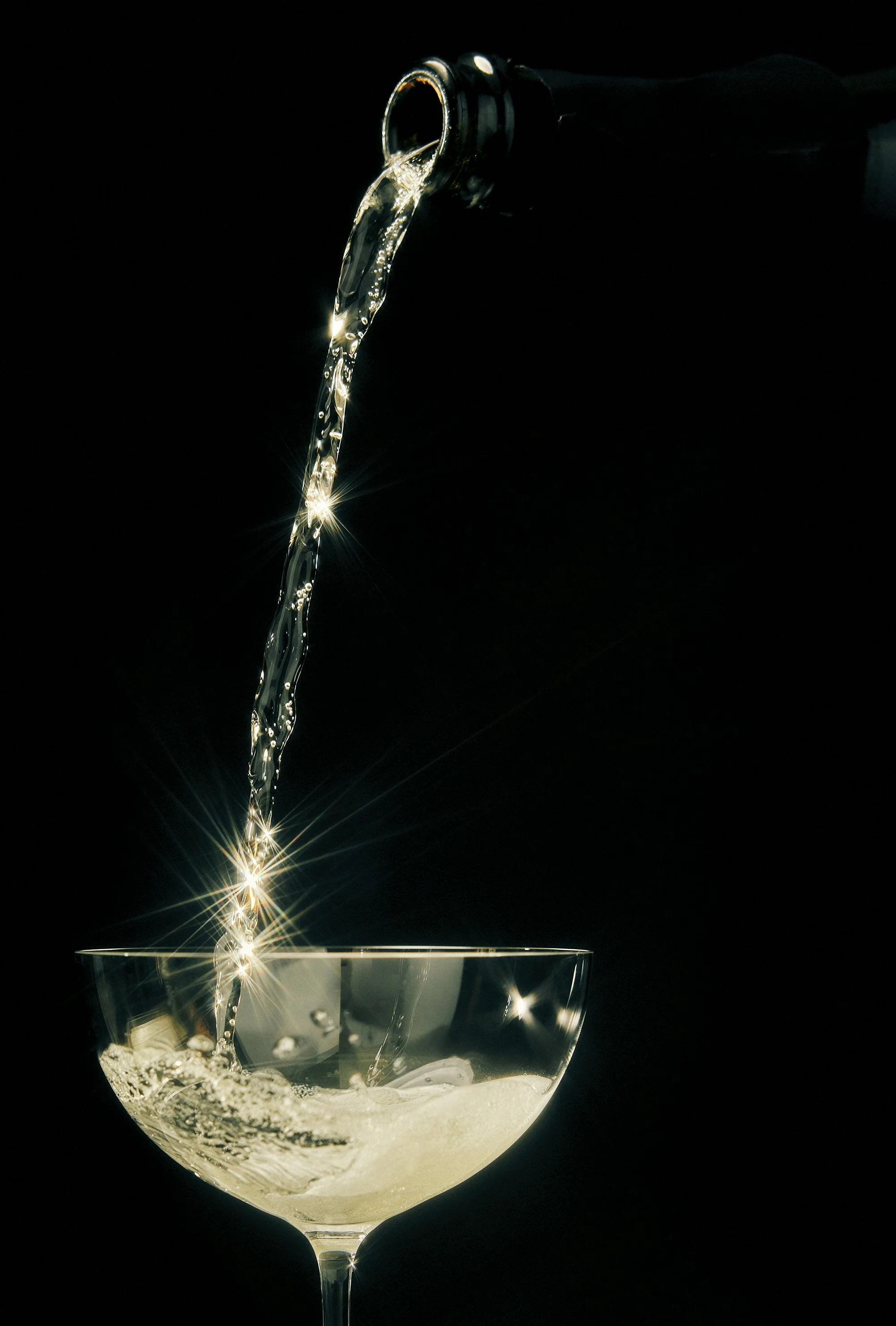How Champagne Lallier’s Dominique Demarville Blends Precision And Art
April 24, 2024: Originally published in Forbes.
There’s no other way around it: Climate change is impacting how wine grapes grow, which in turn, influences how wines are made. But when Champagne and sparkling winemakers are charged with making the same style of wine every year, regardless of shifting weather patterns, that task begins to feel like a constantly shifting, nearly impossible, target.
At storied Champagne house Lallier, cellar master Dominique Demarville acknowledges that adapting in step with the climate’s variations is now a requisite part of the job. The Champagne region has data spanning decades, including tracking harvest periods. Demarville, who has over three decades of experience, has seen changes firsthand. “In the past 30 years ago, most often, the harvest was in the second-half of September or beginning of October,” Demarville says. “Now, most of the time we are starting at the end of August.”
He puts an optimistic spin on the changes. “We follow the gift of nature,” he says, pragmatically. “Every year, it is not the same recipe. We must adapt our decisions according to the character of the year.”
At the start of the wine-making cycle, this means precisely tracking the acidity and sugar content in grapes just before harvest; the earlier that grapes are picked, the less time they have to develop sugars, for example. In the wrong hands, this may result in too sharp, vertical wines. It also means selecting which wines should be aged, which results in rounder, fuller notes, and which wines will be set aside to undergo malolactic fermentation, a secondary fermentation that helps to develop aromas and temper acidity.
Founded in 1906 in Aÿ, one of the few villages classified as ‘Grand Cru’, Lallier was acquired in 2020 by Campari Group. The maison owns its own vineyards but also works with suppliers, making it something like a grower’s Champagne with the reach of a multinational. At Lallier, a maison with a heritage dating back over 115 years, Demarville is deploying a mix of winemaking tools to play up the occasionally unpredictable evolution of his raw materials. He’s aging wines for years in oak barrels as well as stainless steel, teasing out a heady mix of limpid freshness as well as intensity and depth of character.
Since joining Lallier in 2021 after a storied stint as Veuve Clicquot’s cellar master, Demarville has increased the use of aging wines in virgin French oak barrels, sourced from near the Champagne region. Depending on the year, about 10% to 15% of wines will be set aside to French oak barrels, which are used for about 10 years.
The use of barrels has various benefits. For starters, setting wines aside in small or medium-sized barrels means that the liquid from specific plots or parcels are kept apart from other wines; batches of wines can be separated not just by village or cru, but by plot. This technique, where wines are aged in barrels before aging in bottles, is also used in making Burgundy wines. Wine barrels, due to their curved shape, gives winemakers more flexibility in guiding how wines are developing. “The surface of the wine, which is in contact with the yeast, is much bigger in a barrel, as compared to a tank,” Demarville says. “This is why aging in a barrel brings more complexity and more intensity into the wines than in the tanks.”
Lastly, French oak barrels allow for micro-oxygenation through the barrel, which introduces depth and a long finish. “This is why the barrels, and what we are doing with the oak, is so important for the Lallier,” Demarville adds. After resting in barrels or tanks, wines are aged in bottles as well, per the typical Champagne style.
The resulting liquid is a house style characterized by nuanced roundness as well as crisp charm and a hint of salinity. Demarville describes the Lallier style as a balance between four “emotions,” namely “purity and freshness” as expressions of the raw materials and terroir, and “intensity and depth” teased out by wine-making finesse, such as the aging wines in oak barrels according to their provenance.
All the Lallier wines aim to meet this challenge, but Demarville calls out the Réflexion series as a particular example.
Lallier’s Réflexion series is a multi-vintage Champagne. A non-vintage Champagne aims to replicate the same consistent product each year, regardless of changing weather conditions, while a vintage Champagne is a pure expression of one particular year’s traits (and are only made during exceptional years). A multi-vintage, such Réflexion, sits in between the two ideas: It is a blend that predominantly favors the year it was made, bolstered by smaller blends of previous vintages. It is designed to evolve each year, and in doing so, gives winemakers flexibility in highlighting the best parts of any particular year. The Réflexion series launched in 2014. The R.019 is currently on shelves; the R.020, which arrives in the U.S. later this year, is the first cuvée crafted under Demarville’s direction.
Whether it’s Lallier’s Réflexion or its winsome Blanc de Blancs, Demarville’s vision begins with precision and ends with an alchemist’s flair. “With grapes coming from our own vineyards and also from our suppliers, we are working to know which parcel the grapes are coming from, year in, year out,” he says. “What is the character of the parcel? What makes this parcel so different? It is like a Burgundy approach. But at the end, the objective is to make a blend, which is more like the Champagne approach. So it's a mix of Burgundy and Champagne approaches to be very precise and get the quality of the blend we create at Lallier.”







